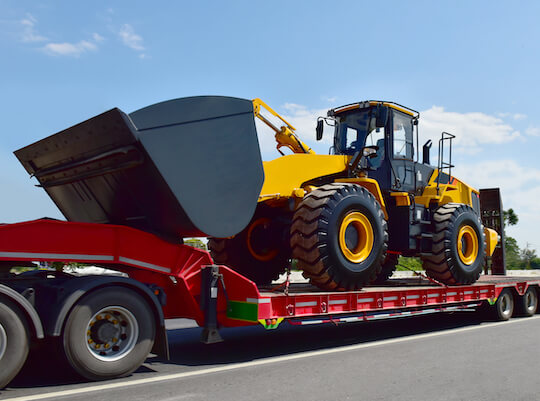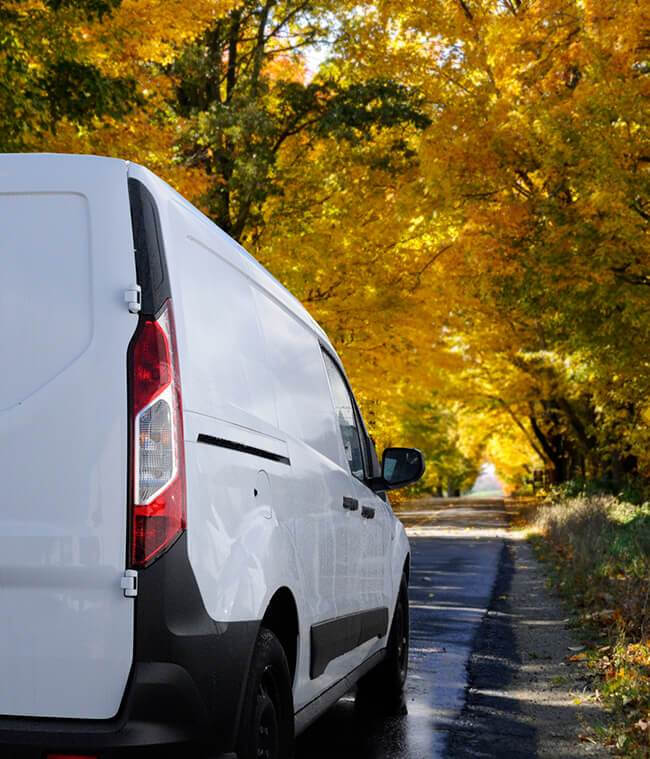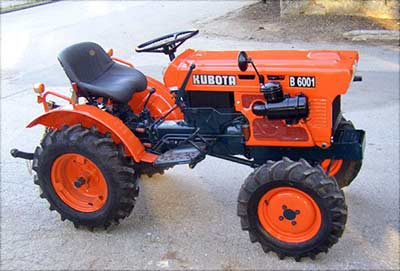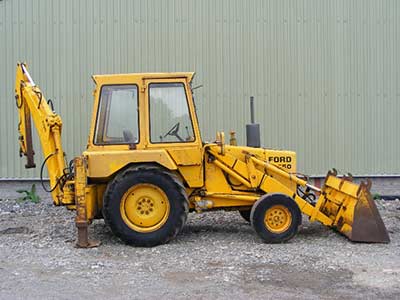Transporting a Tractor
Whether you’re a serious farmer or just a hobbyist, sometimes you might need tractor transport services. When moving farms, for a show, or if your machinery needs repairing you may need to call on the services of a flatbed haulage company to assist in the move.
Machines do range in size; some can be transported like a regular car or van whilst others can only realistically be towed for transportation.
Before transporting a tractor you should make sure of some things first:
Type of tractor: The type and size of your tractor are important when you need to get a transporter. Moving a sit-down mower is much easier than a huge harvester – knowing the weight and approximate sizes of your vehicle will help you find accurate transport quotes.
Condition: If you’re moving an antique or collectible vehicle then you will probably be more worried about some scratches. Documenting the condition of your rig prior to its move will help you notice if it gets damaged during transportation.
Working order: Any tractor you’re moving will either be towed or loaded onto a trailer, non-runners will usually need to be carried and may need to be craned onto the transport. If you have a working tractor it can usually be driven onto the hauling truck.
Removing loose items: Before handing over your rig for transportation you should remove any extra paraphernalia from the cab, as these won’t be covered by transit insurance.
Prepare the vehicle: It is important to have adequately inflated wheels and fluid levels before transporting your tractor, especially if it needs to be driven some distance to or from trailers. Consult tractor transportation companies regarding whether or not external peripherals such as blades should be transported separately.
When Loading Your Tractor
When getting your vehicle onto the trailer, you can drive it on yourself or the transporter can do so, the method is up to you. Of course, if you’re buying a tractor on eBay then you must leave it to the seller to organise this.
The vehicle should be secured with the brakes on, with chains or heavy strapping around fixed points of the frame. The transporter should be able to provide all of the necessary equipment to secure your vehicle. Oversee the securing of your vehicle if possible.

Choosing a Trailer
When you’re going to move a heavy piece of kit like a combine harvester you can’t just drive it to its destination (unless it’s really close by), which is why you need to examine your tractor delivery options. There are a few methods to transport your rig, mainly dictated by its size.
Low Loader Trailer: These large flatbeds are usually towed by a semi-truck or lorry cab and are used for transporting heavy machines. Loading a piece of farm equipment onto a low loader is as easy as driving it on. The other option is to have it craned or winched on, this would only be necessary if transporting a non-running vehicle. These flatbeds are capable of bearing a great load and thus could transport more than one tractor in one trip.
Standard Trailer: For smaller vehicles, a smaller vehicle can usually tow them adequately. Any vehicle and driver who has passed their basic test may tow a trailer of up to 750kg (provided that the towing vehicle is at least double the weight of the load). So for a very small sit-on mower or mini tractor, a specialist transporter might not be required.
When transporting any heavy plant equipment or tractor it’s important to know that the service you’re using is well versed in transporting similar rigs. When you come to compare tractor transport companies you should look out for a few key points:
Insurance: Tractors are valuable both in terms of utility and money, so ensuring that your vehicle transporter has adequate transport insurance to cover the value of the payload is imperative. Remember that equipment held inside the cab will not usually be covered by the policy.
Licence: For moving large vehicles, drivers need a specialist licence category. C1+E certification will allow drivers to tow vehicles up to 7.5 tonnes MAM (maximum authorised mass). An HGV licence will mean that the driver can tow any commercial tractor. Always ensure you’re employing a properly licenced driver.
Experience: Though a driver may be licenced it doesn’t mean that they are well trained in the intricacies of transporting specific vehicles. It’s best to find out if the driver has knowledge of tractor transportation before you hire them. An expert isn’t necessary, but it helps!
Finding a Tractor Transport Company
Comparing tractor transport companies is not only time consuming, but also tedious. Finding an experienced, recognised service in your area can vary in difficulty and bringing in transporters from far afield can see costs escalate.
On Shiply, you can find vehicle delivery services that are making similar trips already with spare capacity – what’s more, with Shiply the delivery quotes come to you.
List your vehicle on Shiply, along with where it’s going and when you need it there – this will let available transporters quote for the transport job. Companies will compete to win your business, driving the price down.
You can compare quotes from rated tractor transportation companies based on their price as well as the reviews they have received from other Shiply users.
Find a quote you’re happy with, and then accept to get your tractor moved.
When Your Tractor Arrives
Most deliveries will be able to bring your machine right up to your gate; if you have restricted access for large vehicles then you may need to drive your tractor part of the way.
Check that the vehicle is in the same condition as when it left, especially its working order. In the unlikely event that the machine has been damaged during transit, you should take this up with the transporter directly.
Once you have signed off completed delivery and have given your tractor a spin, we'd appreciate it if you left feedback for the transporter you found on Shiply. Leaving a review will help them improve their service and notify other Shiply users if the company is worth using or not.






















